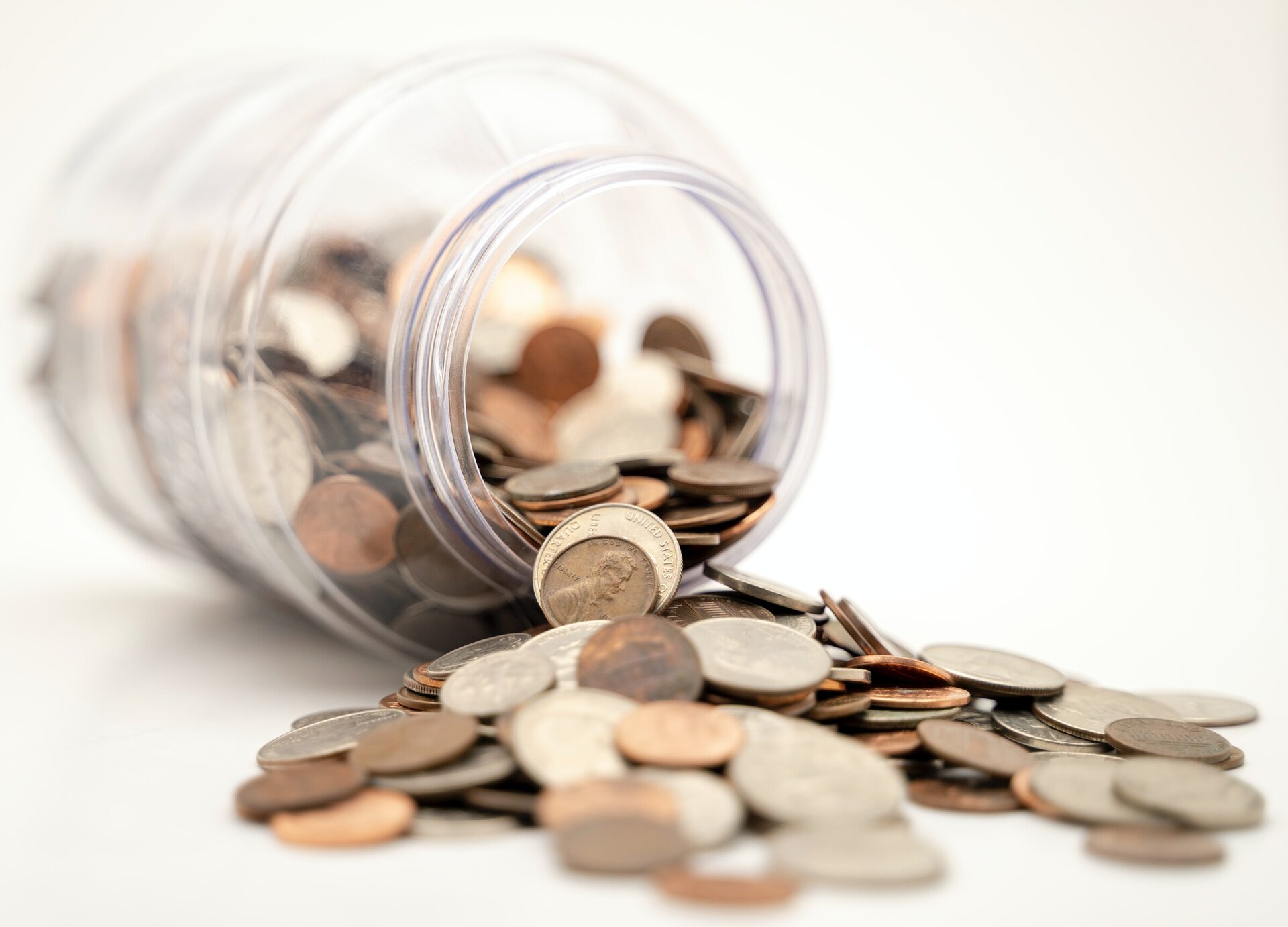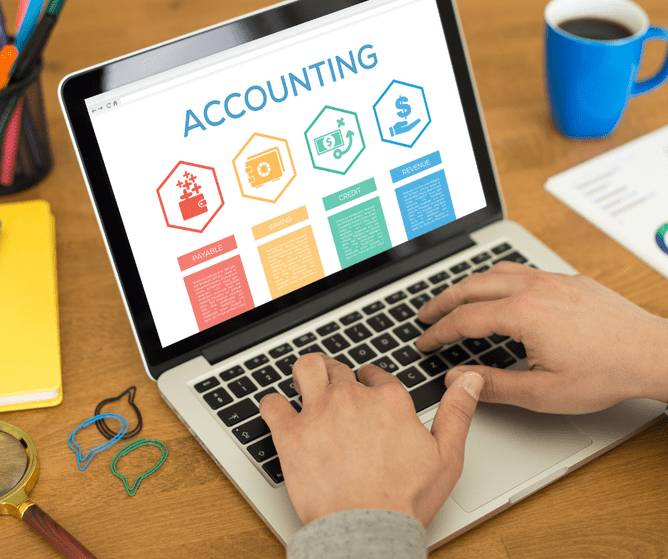Many businesses issue invoices, which are requests for payment at some future time. If that’s you, then you have accounts receivable and the money you’re owed needs to be closely managed.
What is accounts receivable?
Accounts receivable involves invoicing customers and tracking payment of those invoices. It often requires you to follow up on overdue payments.
Why does it matter?
You’re not a charity. You need to get paid. Fail to manage accounts receivable correctly and your business will rapidly run out of money.
How to manage accounts receivable
Decide how long customers will have to pay your invoices and commit it to writing. Share and agree on those payment terms before doing business with anyone new. Create and send invoices as soon as a sale is agreed (include the agreed payment terms on the invoice). Watch your bank account for payment and follow up immediately if they miss the due date. You can get more tips on accounts receivable in our Invoicing Survival Guide.
Modern accounts receivable
Invoices can be created quickly on apps and sent with immediate payment options like credit and debit cards. Smart software can even check your bank for payments and keep a watchlist of unpaid invoices for you.
Paying bills isn’t very glamorous, but it’s important work. They’re debts and need to be managed closely – with one thought for your suppliers and another for your bank account.
What is accounts payable?
If you have bills, you have accounts payable. It’s the opposite side of accounts receivable and the aim is to pay bills on time, without running your bank balance too low.
Why does it matter?
You want to maintain good terms with suppliers – if you’re slow paying them, they may stop your credit or delay deliveries. You also need to think about cash flow. Your bank balance could take a beating if you paid everyone at once. And that would leave you with little cash to cover other expenses, unexpected costs, or to fund business growth.
How to manage accounts payable
Bills from vendors are first recorded as money owed. They’ll then go through an approval process, to make sure the goods or services were received. Once approved, payment is scheduled according to the vendor’s payment terms. The longer your payment terms are, the better for your cash flow. On the other hand, it’s nice to take advantage of early payment discounts if they’re on offer. When payment is made, the books are updated to show the bill isn’t owed anymore. Remember your balance sheet? It’s also called your statement of financial position. It’s best to ensure the amount of money owed to you as accounts receivable is more than what’s owed by you as accounts payable.
Modern accounts payable management
You can enter bills into your ledger by typing them in or by emailing them to your accounting software. There are also clever software apps that read and extract data from bills and automatically send it to your accounting software. The accounting software creates the book entry and helps you schedule payments, then updates your ledger when the bill is settled.






